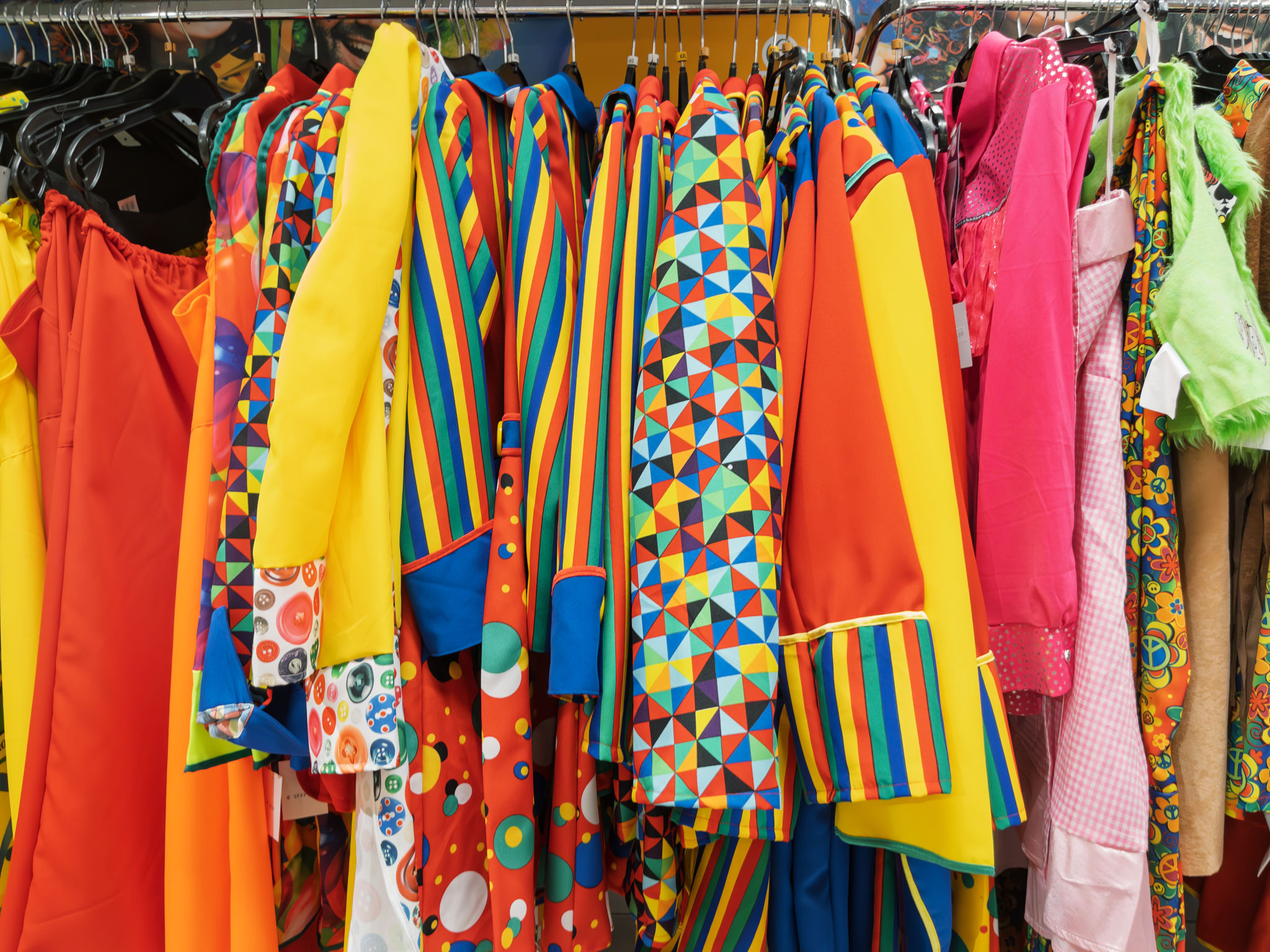Behind the Scenes: Creating the Authenticity in 'Children of a Hope'
Introduction to 'Children of a Hope'
The journey of creating the film 'Children of a Hope' has been nothing short of inspiring. This movie, which explores themes of resilience and community, has captured the hearts of audiences worldwide. But what truly sets it apart is its commitment to authenticity. In this blog post, we take you behind the scenes to discover how this authenticity was achieved.
Understanding the Vision
The first step in creating authenticity was ensuring everyone involved understood the film's vision. Director Jane Smith was passionate about portraying a story that felt real and relatable. Her vision was to highlight the struggles and triumphs of a community facing adversity, and she was meticulous in bringing this vision to life.

Research and Development
Before shooting began, extensive research was conducted to ensure every detail was accurate. The team spent months studying similar communities, interviewing residents, and understanding their way of life. This research was crucial in creating a script that was both genuine and respectful of the people it represented.
The writers worked closely with cultural consultants to avoid any misrepresentations or stereotypes. This collaborative approach ensured that the film's narrative remained true to real-life experiences.
Location Scouting
Selecting the right locations was vital for capturing the essence of the story. The production team scouted several areas before settling on a location that mirrored the community depicted in the script. This choice added an extra layer of realism, as the setting contributed significantly to the film's overall mood and tone.

Authentic Casting
Casting was another critical component in achieving authenticity. The filmmakers opted to cast local actors who had firsthand experience of the community's dynamics. This decision not only brought depth to the performances but also ensured that the portrayals were believable and heartfelt.
Several actors commented on how personal experiences influenced their portrayal, adding a layer of sincerity that resonated with audiences.
Costume and Set Design
The attention to detail extended to costume and set design. Designers meticulously crafted outfits that reflected the characters' backgrounds and lifestyles. Similarly, set designers recreated everyday environments with precision, ensuring that every scene felt like a glimpse into real life.

Building Emotional Connections
A major element of authenticity came from building emotional connections between characters. The director encouraged actors to draw from personal experiences, which allowed for organic interactions on screen. These genuine exchanges played a significant role in engaging audiences emotionally.
The relationships depicted in 'Children of a Hope' are a testament to the power of storytelling that stays true to its roots.
Conclusion: The Impact of Authenticity
The authenticity of 'Children of a Hope' has been pivotal in its success. Audiences worldwide have praised its realistic depiction and emotional depth. By prioritizing authenticity at every step of production, the filmmakers not only created a compelling story but also paid homage to the real communities that inspired it.

This behind-the-scenes journey showcases the dedication and effort required to create something truly authentic. 'Children of a Hope' serves as a reminder of the power of storytelling in connecting us all through shared human experiences.